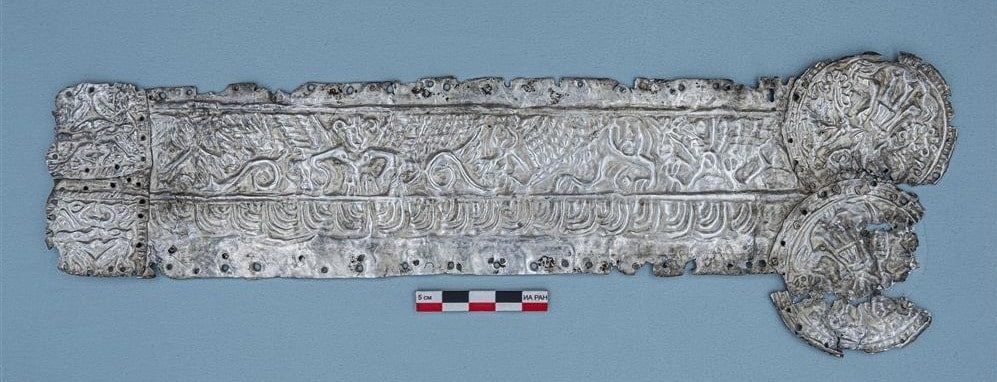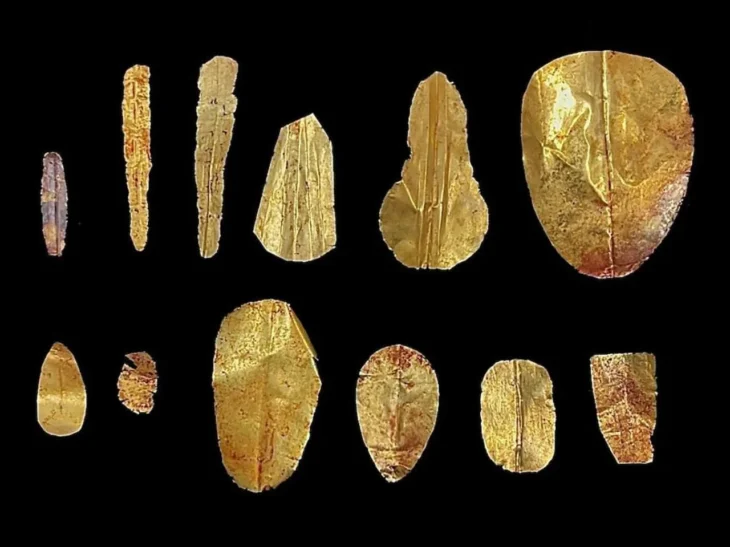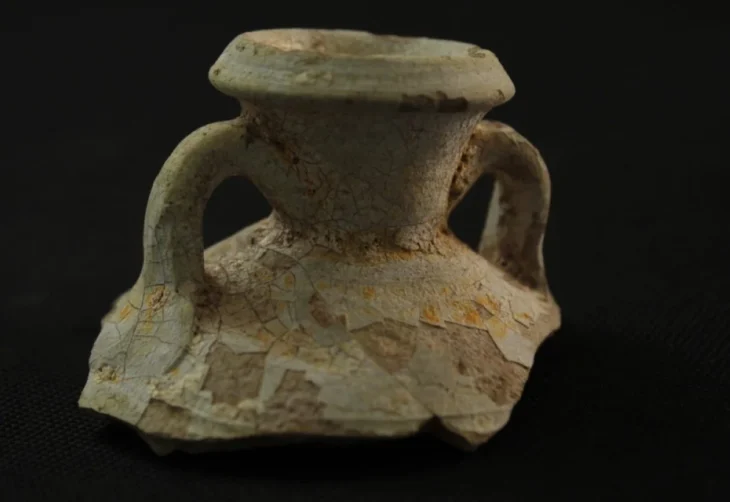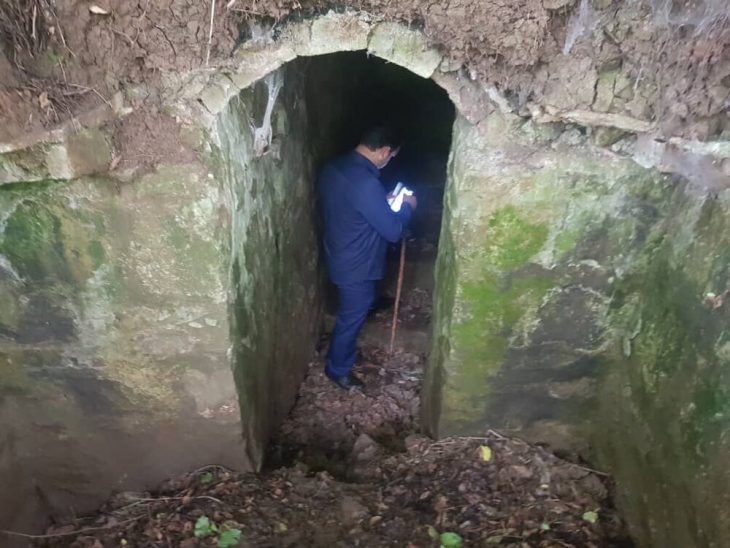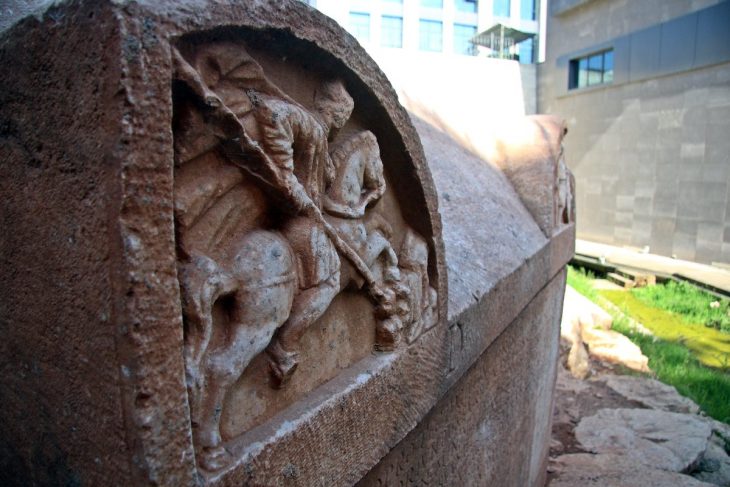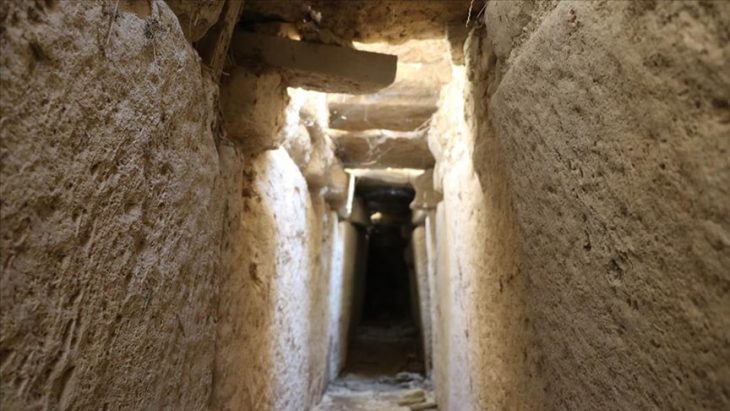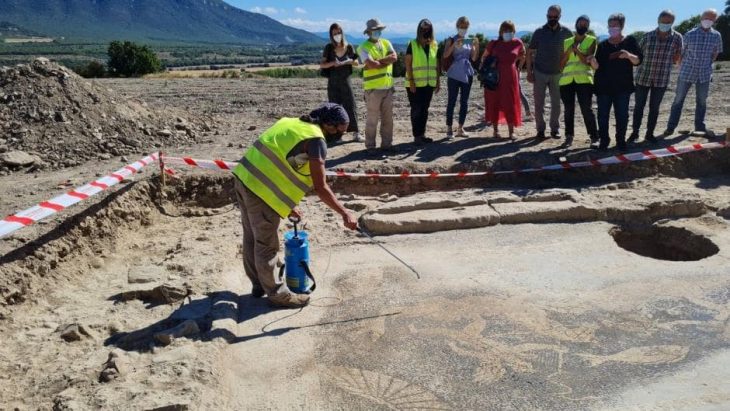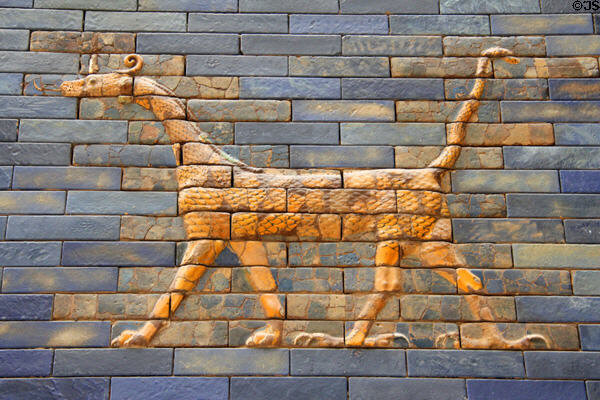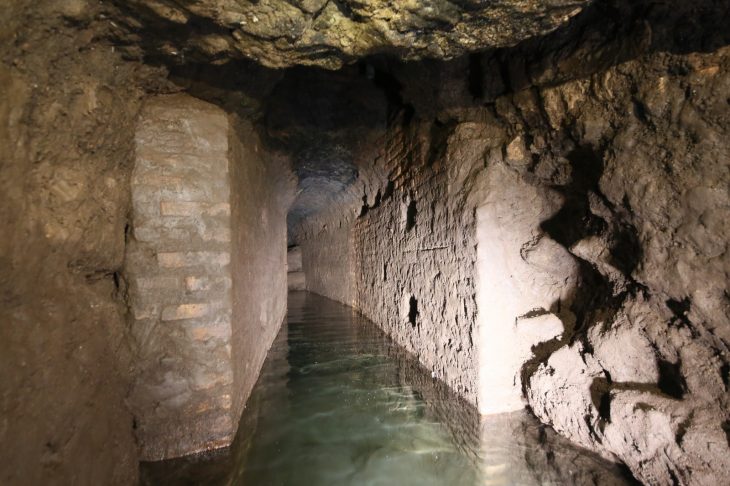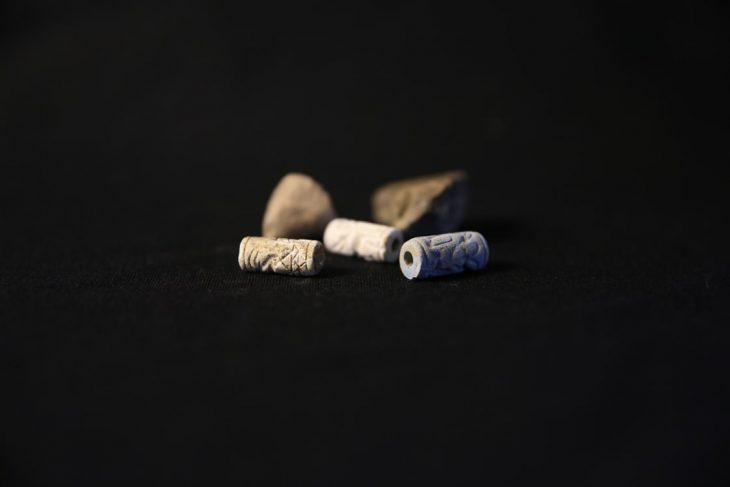Archaeologists of the Archaeological Institute of the Russian Academy of Sciences, during their excavations at the Devitsa V cemetery in the Ostrogozhsky District of the Voronezh region, found a unique plate depicting winged Scythian gods surrounded by griffins.
This is the first such discovery among the Scythian barrows of Middle Don. In this location, no more artifacts depicting gods from the Scythian pantheon have been discovered.
The IA RAS discovered Devitsa V, named after the surrounding village area, in 2000. The site is a set of 19 mounds placed in two parallel chains stretching from west to east on a hill on the right side of the river Devitsa. However, a large portion of the old barrows have already vanished: the necropolis region is now part of an agricultural zone and is actively plowed.
The site has been thoroughly investigated by scientists from the IA RAS’s Don expedition since 2010.
The Don archaeological expedition resumed their investigation of the necropolis during a field season in 2021. Archaeologists began excavating mound 7 in the center portion of the cemetery Devitsa V, near barrow 9.
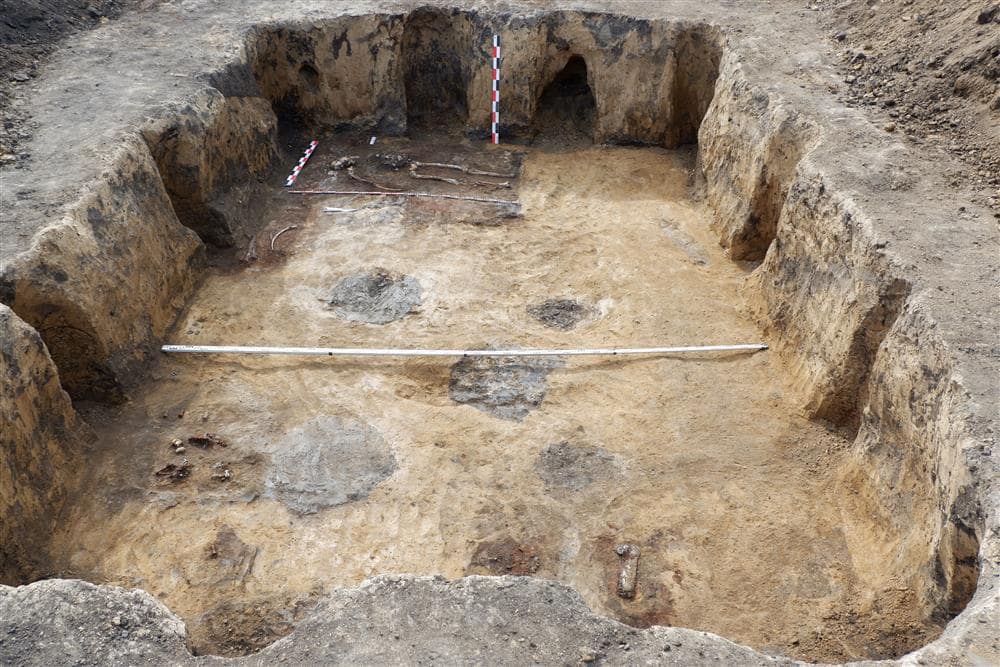
After many years of tractor driving, mound 7 was about 1.3 m high and 40 m in diameter. The main tomb, tomb number 2, belonged to the Scythian period (IV century BC), was located almost below the center of the embankment, and was a wooden frame and column tomb adopted for the mainland. The tomb is rectangular in shape and its long axis is oriented in the west-east direction, with a slight deviation towards the north-east-south-west. Its dimensions are striking: 7.5 x 5 m. This is the largest of those described in the Maid V group. The overlapping oak blocks are supported by strong oak columns, 12 on the sides of the tomb and 5 in the center. However, the pits in the middle of the tomb structure may not refer to the structure of the tomb but maybe ritual.
The barrow had previously been raided in antiquity. The robbers dug a large test trench and “cleaned” a section of the tomb, including the skeleton. However, at the time of the robbing, the ceiling of the tomb had already collapsed, which is why certain burial goods have been preserved in the mixture of dirt and tree fragments on the gravesides.
The tomb contained the skeleton of an adult managed 40-49 who was greatly disturbed by former robbers. He was lying on his back along the western wall of the cellar to the south. The mound was robbed in antiquity, the robbers dug a wide pit from the top of the mound and “cleaned” the entire central part of the tomb, including the skeleton of the main deceased. However, at the time of the robbery, the roof of the crypt had already collapsed, and therefore, in the commotion of the earth and pieces of rotten wood along the edges of the tomb, some grave goods have been preserved.
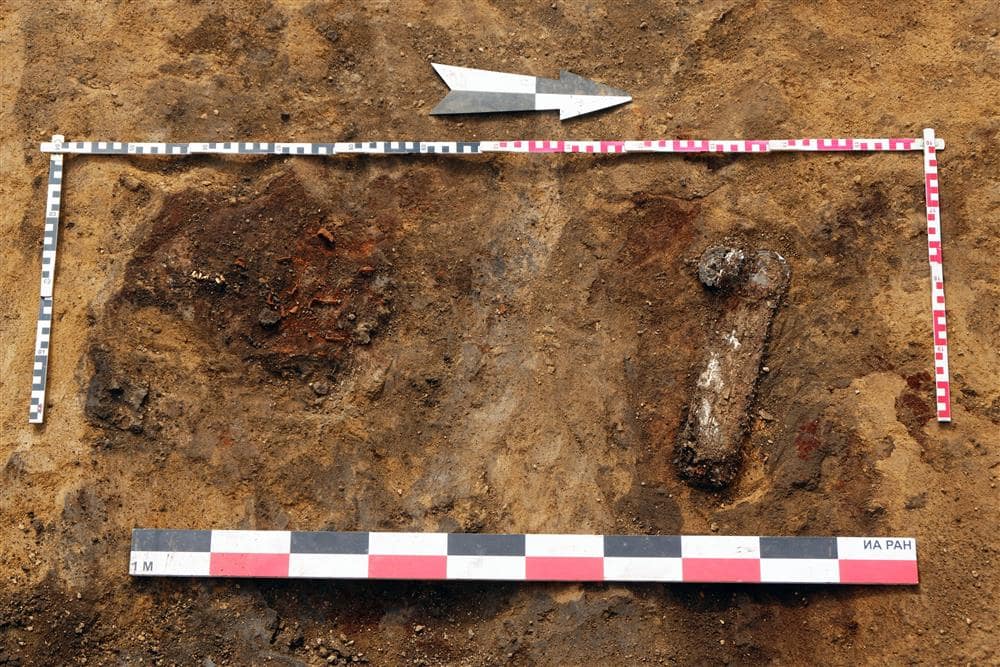
To the west of the deceased’s skull, numerous small hemispherical gold plaques (87 specimens) were found that were once erected in the organic bed of the burial bed.
To the west of the deceased’s skull, numerous small hemispherical gold plaques (87 specimens) were found that were once erected in the organic bed of the burial bed. To the east of the skeleton, along the south wall of the burial chamber, an iron knife and a horse’s rib (remains of separated food), a spearhead, and three arrowheads were found. The long spear was – about 3.2 m, the javelin – about 2.2 m. In addition, vessels were found in different parts of the tomb: a molded goblet and a large black polished jug.
Found items completely match the main elements of the Scythian “triad.” Equipment, harness, and “animal style” artifacts were found in a warrior’s grave.
A silver square plate attached to a wooden base by numerous little silver nails was discovered in the northeast corner of the burial, distinct from other artifacts and a few meters away from the skeleton. The plate measured 34.7 cm in length and 7.5 cm in breadth in the center.
“The finding has made an important contribution to our concepts of Scythian beliefs. Firstly, a particular number of gods are depicted at once on one item. Secondly, it has never happened before that an item with depicted gods has been found so far from the northeast of the main Scythian centers,” said the head of the Don expedition, Prof. Valeriy Gulyaev.
In the central part, probably a winged figure of the Lady of the Beasts and the patroness of human and animal fertility – in literature Argimpasa, Cybele, the Great Goddess, etc. His upper body is bare. It has a horned crown-type cap on its head. It is surrounded on both sides by winged eagle-headed griffin figures.
The left side of the plate left side is ornamented with pictures of syncretic animals standing in a so-called heraldic attitude (in front of each other, close to each other with their paws). Two spherical buckles are linked to the plate from the right side, each of which depicts an anthropomorphic individual with a crown on his head standing (judging by the crowns – they are also gods) flanked by two griffons.
Who those characters are and which item was decorated by this plate remains an open issue.

